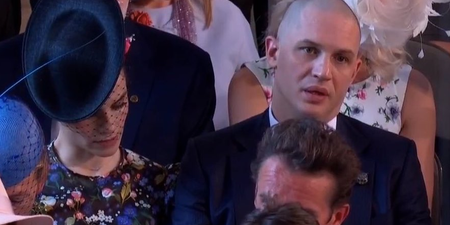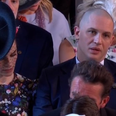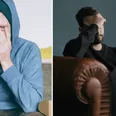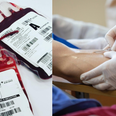JOE takes a look at why men go bald and how LLLT, or low-level laser technology, can help you to keep any more hair from falling out…
Hair loss is a very common issue that affects around 70 per cent of people at some stage of their life and that includes both males and females, in case you were wondering. It’s more frequently seen in us blokes, obviously, and it generally starts in your early to mid twenties until around the age of 50. Once you hit the big Five-O you’re pretty much left with what you’ve got.
So why exactly does ‘baldness’ happen? Is it the air around me? If I move to the mountains of Machu Picchu will it grow back? Well, in certain extreme cases yes, it might, but there are some more common answers as to why we lose our manly manes. Hair loss can happen because of a number of different factors such as stress, exhaustion, malnutrition, some medicines and even hormonal problems.
Then there are the certain chemical elements in some cosmetic products that can cause the hair to enter a ‘resting period’ (which means it stops growing) faster than if you left it au natural. This, in turn, causes an increase in hair loss.
The obvious answer, and all too often the most accurate one, to the burning questing ‘why do we lose our hair’ is this: it’s in our genes.
If the top of your dad’s, or your granddad’s, head was shinier than a bowling ball before they turned 30, then chances are you’re heading in the same direction. You’ll notice your hair thinning from an early age and it will start receding on your forehead and temples, then at your crown. This pattern happens to most men and that’s where we get the term ‘male pattern baldness’.
So if you’re starting to notice a few extra hairs in the sink every morning, then you’re probably wondering what you can do to keep the hair you have left? Recently, JOE sat down with Gary Lawler & Dane Holland of Lux Marketing to talk about their new product, called the iGrow (pictured below), which uses a technology called LLLT that claims to stop hair loss in its tracks.

You might be wondering what LLLT actually is. According to the lads from Lux Marketing, low-level laser light is one of the most effective therapies to treat hair loss.
Light from a laser in a specific wavelength has an effect on your body when it is absorbed within the molecules of a targeted tissue. When the laser light is absorbed by target tissue molecules, the energy level of the molecules is increased and the molecules respond by ‘working off’ the excess energy with adaptive changes. These changes may be chemical or physical and they may have biological effects on the target tissue or surrounding tissues.
Because the changes in the molecules are brought about by phototherapy, chemical changes are said to be due to ‘photochemistry’ and physical changes to ‘photo physics.’ As a result, the biological effects on tissue are called photobiomodulation.
So how effective is LLLT at treating hair loss? Well, the vast majority of physicians and medical experts agree that LLLT can be effective in treating male and female pattern hair loss.

LLLT can also be effective when used in conjunction with other medical therapies. Experts have also observed and noted that the overall health and condition of existing hair may be improved in a LLLT treated area, even if no new hair growth is stimulated. In addition, LLLT has been shown to improve outcomes of hair transplantation by improving patency of grafts and speeding healing time.
To find out more about LLLT treatment and the iGrow device make sure to check out Lux Marketing on Facebook, Twitter and on their brand-new website.
LISTEN: You Must Be Jokin’ with Aideen McQueen – Faith healers, Coolock craic and Gigging as Gaeilge





















































